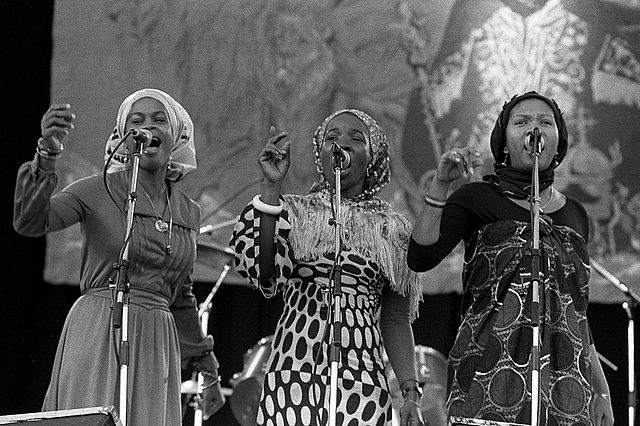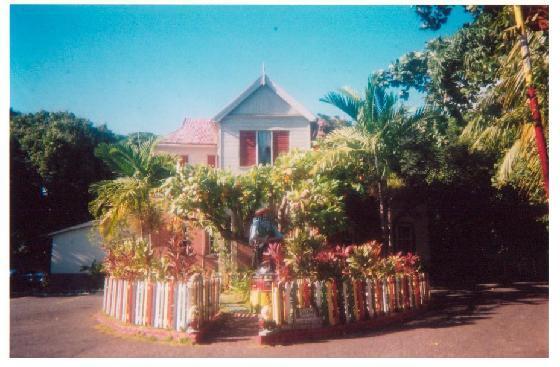18, unemployed and homeless in one of the poorest cities of the Third World, Bob Marley eventually created what Time Magazine called, “The greatest album of the Twentieth Century.”

Meanwhile, in 1974, he was attempting to reorganize the Wailers and decide on his next musical direction. He needed to replace the two most prominent departed, which he did with a trio of female backing vocalists that included his wife Rita, Marcia Griffiths and Judy Mowatt, dubbed as the I-Three.

Previously a dilapidated mansion in a posh Kingston neighborhood at 56 Hope Road, a house that Bob Marley eventually purchased outright. Marley’s wife Rita was domiciled at Bull Bay, ten miles outside of Kingston, with the couple’s four children, including a son Stephen, born on April 20, 1972. Marley spent much of his time at Hope Road pursuing various relatively open romantic relationships including one with Esther Anderson, a high profile employee of Island, as well as an actress and model who starred in several Hollywood feature films.

Podcast: Play in new window | Download
Subscribe: RSS
